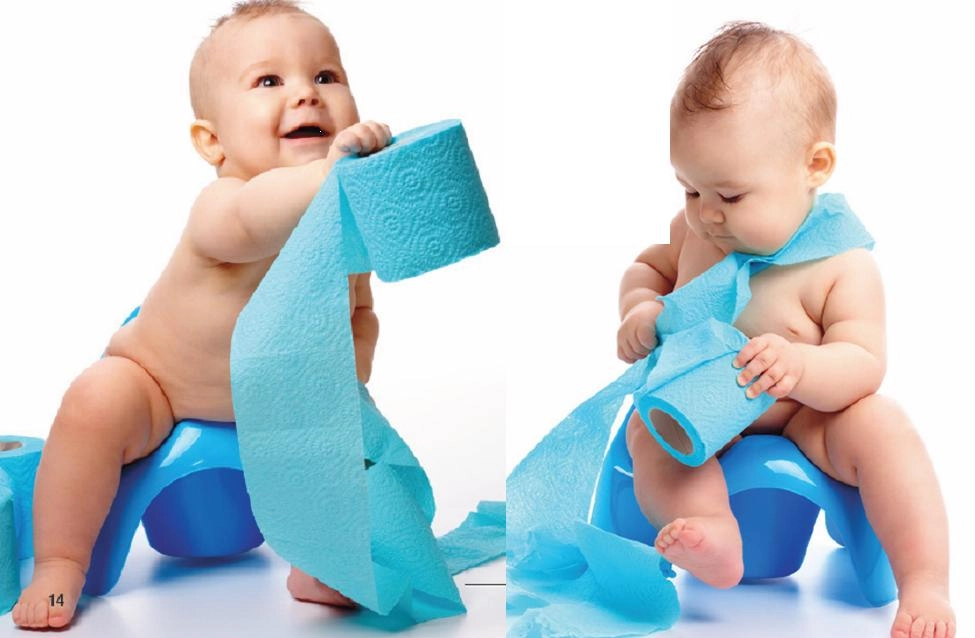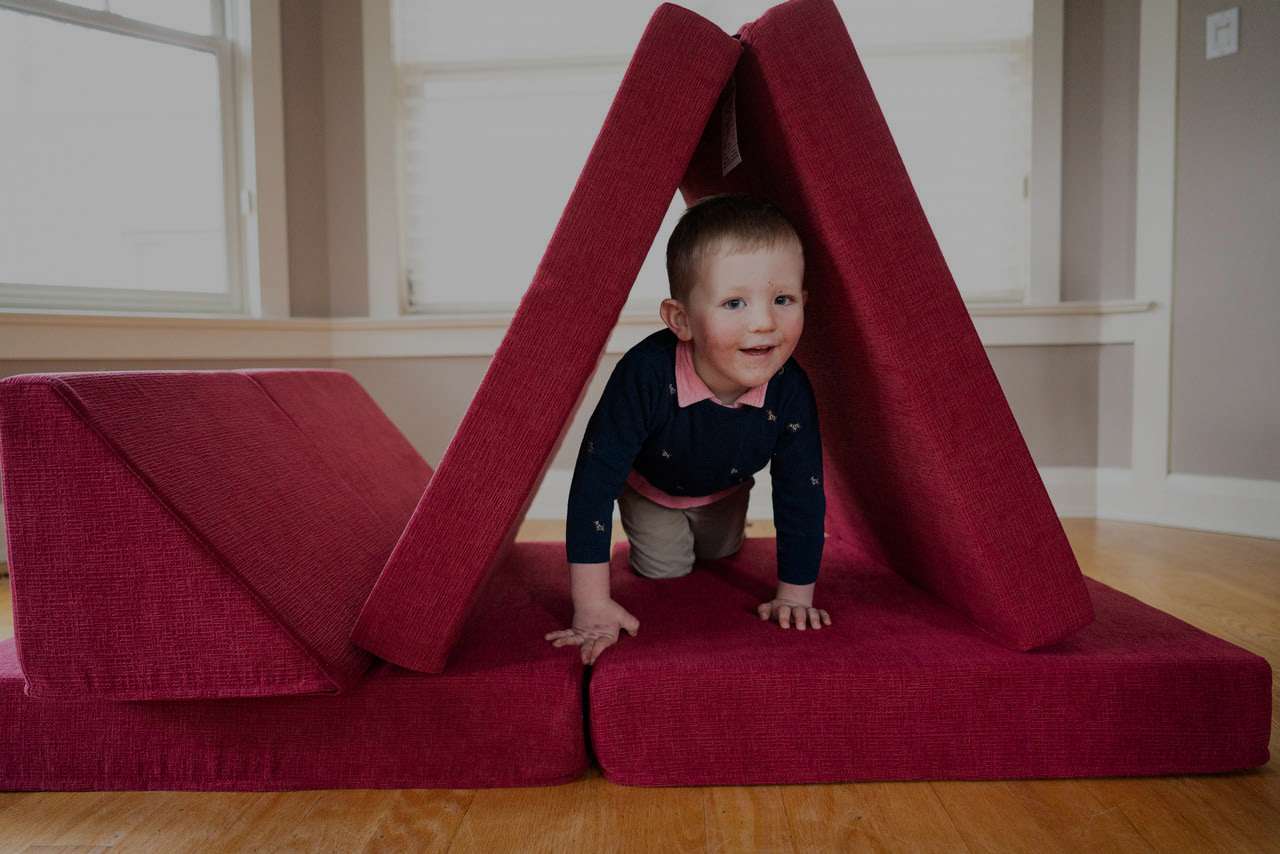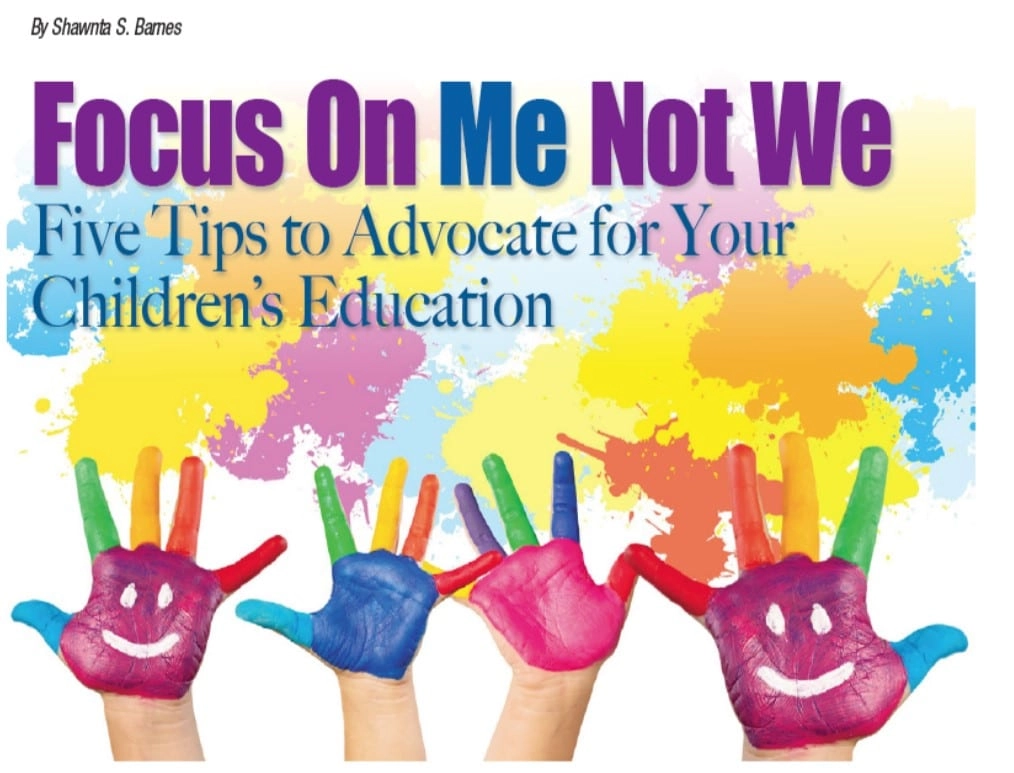By Mary Billiter Thomas
Potty training… Now or later? My husband and I agreed to delay answering that dreaded question until we heard from the experts. Marriage and family therapist Nonie Bradley and certified parent educator Sherry Ittner, parents themselves, team-teach parenting classes in Southern California, including one on potty training, which they break down into six helpful steps. And with potty training, as with much in the lives of twins, it’s two steps forward and one step back.
1) Readiness
Each child is unique in this process. “A key element,” Ittner says, “is bladder control: Is your child having longer intervals between diaper changes?” Typically, girls show readiness between the ages of 2 and 2 ½ and boys by the age of 3. That was the experience for Diane Aiken, of Encinitas, California, mother of boy/girl twins. “My daughter had bladder control right away.” Aiken says, “But my son is taking a little longer.” While the readiness of your child is primary, parental readiness should not be overlooked. Aiken agrees, “One morning I woke up and decided I was ready to start the potty training process and we began.”
Bradley stressed the importance to parents of “owning their feelings” towards potty training because children are highly intuitive and often reflect their parents’ feelings. “Get real clear on your attitudes before starting the next step, preparing,” Bradley cautions.
2) Preparing
The preparing stage can start as early as 18-months because you are simply introducing the idea of using a potty. Shop around and purchase a potty but, as Ittner suggests, “Introduce the potty gradually by letting your child explore. Ask them if they want to sit on the potty, but if they say ‘no’, quit. You and your child are still becoming comfortable with the idea and preparing for the next phase.
“At 18-months, a child learns through observation and imitating others, so parents and siblings are encouraged to model the behavior,” Ittner explains.
“Blake and Brent were much more interested in standing and going potty like their big brother than using the smaller potty,” says Shawn Homan, mother of fraternal twin boys in Oceanside, California. Twins can also model behavior for each other. They see their twin use the potty and don’t want to be left out, so they try, too. “The time involved in potty training twins,” Homan admits, “wasn’t cut in half, but it was much easier.”
3) Step By Step
Even after preparing the groundwork, parents tend to fall into the trap of questioning their children. “Do you want to stop wearing diapers?” Instead, Joanna Cole, in her book Parents Book of Toilet Teaching, advocates making positive statements such as, “We think you are ready to stop wearing diapers and start using the potty.”
As with preparing your children and letting them explore the potty, underpants should also be gradually introduced. It is important not to rush the process. Set a date with your children and make positive statements. Tell them: “We are going to go shopping for some new underpants.”
“Include your child.” Cole recommends. “Let them select their underpants.” Also, be sure to buy underpants that are big enough to pull up and down easily. Your twins will need about a dozen pairs each—in preparation for accidents. After your twins select their underpants, don’t hide the new pants in a drawer. Let your twins admire themselves in the mirror with their new underpants.
Kelly O’Connell of Seal Beach, California, recalls: “It was a big deal going to buy big boy underpants and big girl panties for my triplets.” O’Connell laughs as she recalls, “The excitement didn’t end at the store—they showed them off to everyone!”
Next, lead them to the potty. Use a positive statement, such as “Remember, you’re not wearing diapers now, so you’ll have to use the potty.”
As we discussed, however, you can lead a child to the potty but you can’t make him go. Bradley recommends that parents relax and not panic. Be ready for accidents and remind your child of the potty for the “next time.”
4) Night Dryness
“Night dryness” develops later in most children because they are still working on control during the day. Until your child has fewer daytime accidents and has developed greater bladder control, use a diaper for naptime and during the night.
Eventually, when your child is ready for a diaper-free night, prepare yourself. Double-sheet the bed, avoid any drinks for your child one hour prior to bedtime and leave the potty in an accessible area.
5) Learning Period
Potty training can be frustrating for parents because they are learning new techniques to teach their child, according to Bradley and Ittner. From showing them how to pull down pants to friendly reminders like, “Let’s go potty.” Potty training is an entirely new arena for most parents. Accordingly, Bradley advises that accidents will happen, with minor setbacks and periods of regression for the child and parent.
6) Parental Attitudes and Behaviors
Bradley and Ittner stress the acceptance of feelings. “Frustration or perfectionism,” Bradley says, “are feelings you wouldn’t want to transmit to your child.”
Parents and children are learning and developing new skills with each other. Bradley reminds everyone, “Be gentle with yourself and your child.” Whether the topic is positive discipline or potty training, Bradley and Ittner encourage “firm and kind” parenting. “Be kind out of respect for our children and firm out of respect for ourselves,” Bradley explains.
When a problem arises between parents on the “how-to-potty” approach, Bradley encourages parents to privately discuss the matter away from the children. One approach is to use a code word that signals to your partner the need to talk. One couple in one of their potty training classes offered their code word of “Bob” which stood for “Back off Buddy,” when a potty training issue arose. Most of the couples reported that jointly they form the “firm and kind” parenting approach, but individually each parent tended to be closer to one spectrum than sharing both characteristics. While one tended to be firm, the other leaned towards being kind.
Bradley acknowledged the gifts both types of parenting offer. A “firm” parent brings the gift of structure and boundaries and a “kind” parent bring the gift of love and patience. Children need both these gifts. “Create the balance of structure and boundaries, within an atmosphere of love and patience, and the children will thrive,” Bradley stated.
Since attending this class, my husband and I have been able to turn the question, “Potty train now or potty train later? Into a positive statement… “We think now is the time and, in the team approach to potty training, unity works.”
Mary Billiter Thomas lives in Oceanside, California with her husband and identical twin boys.







